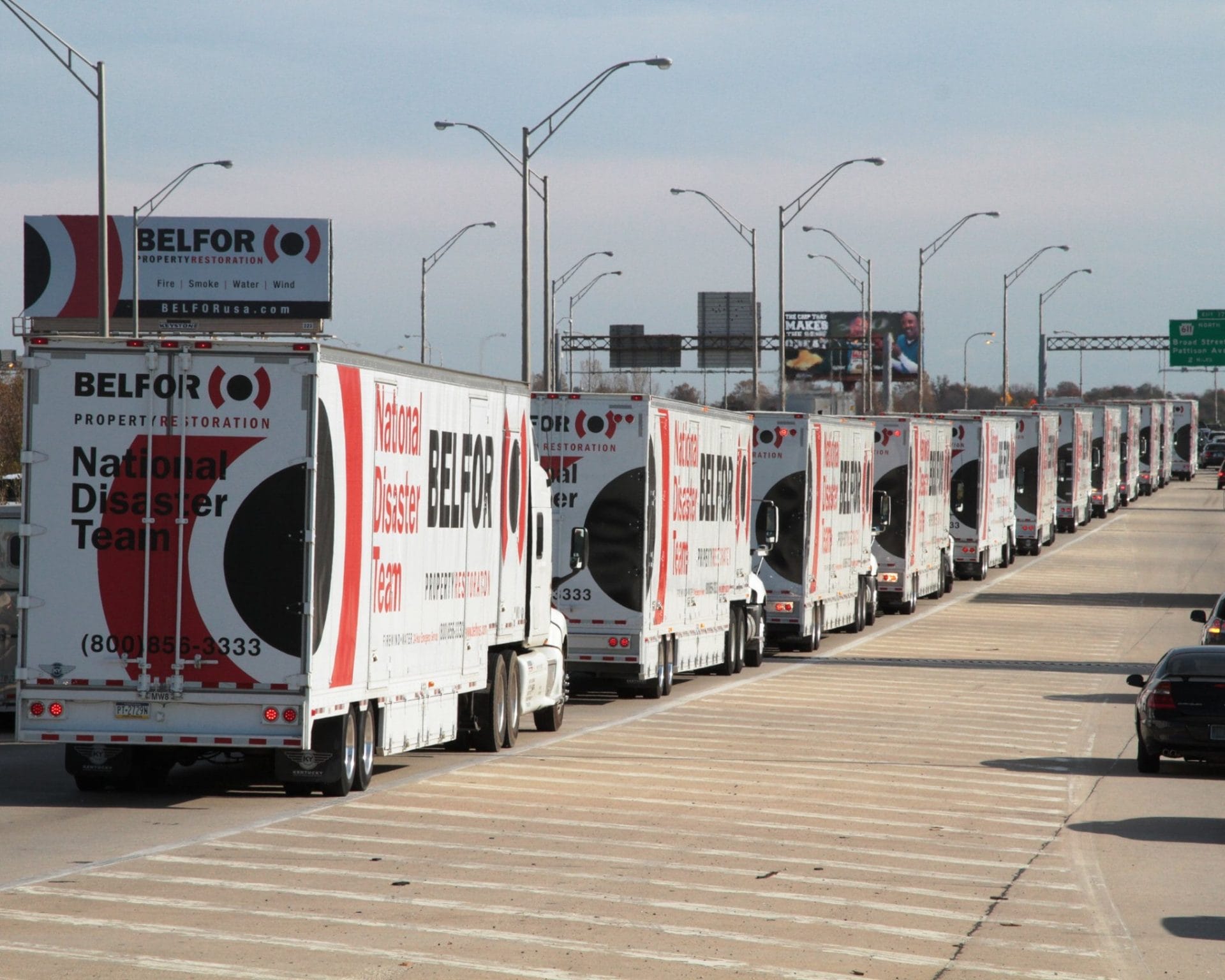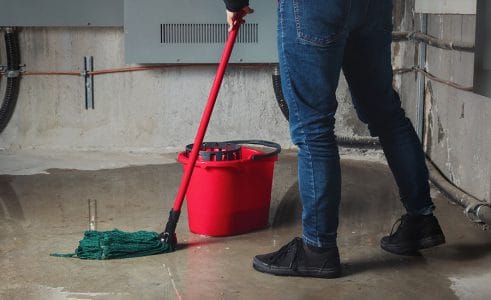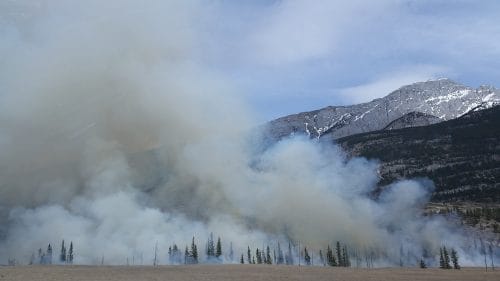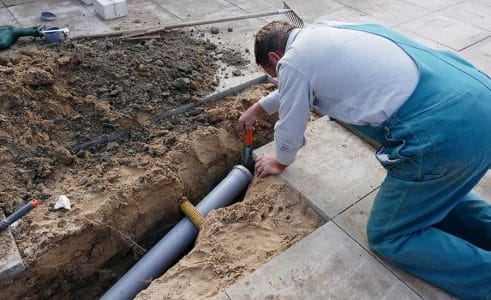Tulane University

In what is described as the biggest single restoration project in company history, BELFOR restored 87 buildings for Tulane University in Louisiana following Hurricane Katrina.
“This was the biggest single restoration project in company history,” stated Theresa Williams, BELFOR USA Executive Vice President Sales and Marketing. “We were working on 62 buildings with varying degrees of damage and that was just on the Uptown Tulane
campus in New Orleans. We had 25 more, for a total of 87, that operated within the Tulane System spread out across the city and the region, with more than 1,500 people working on all of them. We also brought in 40 highly specialized technicians from our European offices to support all of the electronic and mechanical restoration and replacement.”
Overall, such a large-scale project looked to be a formidable challenge. However, throw in the University’s deadline request for BELFOR to complete all clean up and restoration services by December 31, 2005 and to some, it would have seemed impossible.
“It was a massive undertaking, no doubt about it, but it’s something we had to do,” said Kirk Lively, BELFOR USA Director of Technical Services. “School was essentially shut down on the campus and there were thousands of students waiting to return. Tulane is one of the nation’s premier universities and an important part of this city’s heritage, not to mention the significant economic role it plays in academic studies and research. It was absolutely vital to get it back up and running in January 2006 so the spring semester could begin as scheduled.”
A wave of destruction Though anything was possible, the sheer fact that Tulane University would flood was far from the minds of most New Orleanians. The University is miles away from the banks of Lake Pontchartrain and the levee breach at the 17th Street Canal. However, as the massive amount of water poured in, University officials prepared for the worst. When they arrived on campus, they were met with the unsettling knowledge that, although things were not as bad as they could have been, the situation was definitely serious. While most buildings weathered the hurricane well, 75% of those located on the back half of Tulane’s Uptown campus between Freret and Claiborne Streets sustained water damage. Every building north of Freret Street was damaged, and 90% sustained some level of water damage. Shortly after assessing the damage, University officials acted quickly and called BELFOR.
.jpg)


